Bismuth Titanate Sputtering Target Description
The Bismuth Titanate Sputtering Target from TFM is an advanced oxide sputtering material with the chemical formula Bi4Ti3O12. This material is known for its excellent ferroelectric and piezoelectric properties, making it highly suitable for a range of high-performance applications.
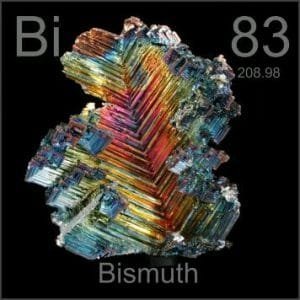 Bismuth is a chemical element whose name originates from the German word ‘Bisemutum,’ a corruption of ‘Weisse Masse,’ meaning white mass. It was first used in 1753 and discovered by C.F. Geoffroy. The chemical symbol for bismuth is “Bi,” and its atomic number is 83. Bismuth is located in Period 6, Group 15 of the periodic table, within the p-block. Its relative atomic mass is 208.98040(1) Dalton, with the number in brackets indicating the measurement uncertainty. Bismuth is known for its low toxicity compared to other heavy metals, making it useful in various applications.
Bismuth is a chemical element whose name originates from the German word ‘Bisemutum,’ a corruption of ‘Weisse Masse,’ meaning white mass. It was first used in 1753 and discovered by C.F. Geoffroy. The chemical symbol for bismuth is “Bi,” and its atomic number is 83. Bismuth is located in Period 6, Group 15 of the periodic table, within the p-block. Its relative atomic mass is 208.98040(1) Dalton, with the number in brackets indicating the measurement uncertainty. Bismuth is known for its low toxicity compared to other heavy metals, making it useful in various applications.
Related Product: Bismuth (Bi) Sputtering Target
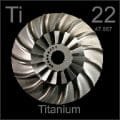 Titanium is a chemical element named after the Titans, the sons of the Earth goddess in Greek mythology. It was first mentioned in 1791 and observed by W. Gregor. The isolation was later accomplished and announced by J. Berzelius. The chemical symbol for titanium is “Ti,” and its atomic number is 22. Titanium is located in Period 4, Group 4 of the periodic table, belonging to the d-block. Its relative atomic mass is 47.867(1) Dalton, with the number in brackets indicating the measurement uncertainty. Titanium is known for its high strength-to-weight ratio and excellent corrosion resistance, making it valuable in aerospace, medical, and industrial applications.
Titanium is a chemical element named after the Titans, the sons of the Earth goddess in Greek mythology. It was first mentioned in 1791 and observed by W. Gregor. The isolation was later accomplished and announced by J. Berzelius. The chemical symbol for titanium is “Ti,” and its atomic number is 22. Titanium is located in Period 4, Group 4 of the periodic table, belonging to the d-block. Its relative atomic mass is 47.867(1) Dalton, with the number in brackets indicating the measurement uncertainty. Titanium is known for its high strength-to-weight ratio and excellent corrosion resistance, making it valuable in aerospace, medical, and industrial applications.
Related Product: Titanium (Ti) Sputtering Target
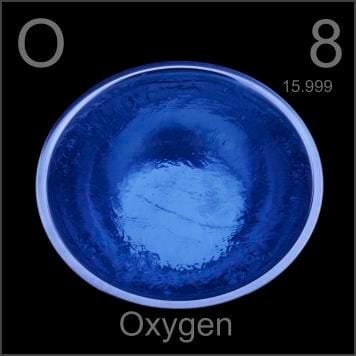 Oxygen is a chemical element whose name is derived from the Greek words ‘oxy’ and ‘genes,’ meaning acid-forming. It was first mentioned and observed by W. Scheele in 1771, who also later accomplished and announced its isolation. The chemical symbol for oxygen is “O,” and its atomic number is 8. Oxygen is located in Period 2, Group 16 of the periodic table, within the p-block. Its relative atomic mass is 15.9994(3) Dalton, with the number in brackets indicating the measurement uncertainty. Oxygen is essential for respiration in most life forms and plays a critical role in combustion and various chemical reactions.
Oxygen is a chemical element whose name is derived from the Greek words ‘oxy’ and ‘genes,’ meaning acid-forming. It was first mentioned and observed by W. Scheele in 1771, who also later accomplished and announced its isolation. The chemical symbol for oxygen is “O,” and its atomic number is 8. Oxygen is located in Period 2, Group 16 of the periodic table, within the p-block. Its relative atomic mass is 15.9994(3) Dalton, with the number in brackets indicating the measurement uncertainty. Oxygen is essential for respiration in most life forms and plays a critical role in combustion and various chemical reactions.
Bismuth Titanate Sputtering Target Handling Notes
- Indium Bonding: Indium bonding is recommended for the Bi4Ti3O12 sputtering target due to its brittleness and low thermal conductivity, which make it less suitable for traditional sputtering methods.
- Thermal Conductivity: This material has low thermal conductivity and is susceptible to thermal shock. Proper handling and bonding are essential to avoid damage during the sputtering process.
Bismuth Titanate Sputtering Target Application
The Bismuth Titanate Sputtering Target is utilized in a variety of applications, including thin film deposition, decorative coatings, semiconductors, displays, LEDs, and photovoltaic devices. It is also essential for functional coatings, the optical information storage industry, glass coatings for automotive and architectural glass, and optical communication systems, among other fields.
Bismuth Titanate Sputtering Target Packing
Our Bismuth Titanate Sputtering Targets are meticulously tagged and labeled externally to ensure efficient identification and maintain strict quality control. We take extensive precautions to prevent any damage during storage and transportation, ensuring the highest standards of product integrity upon delivery.

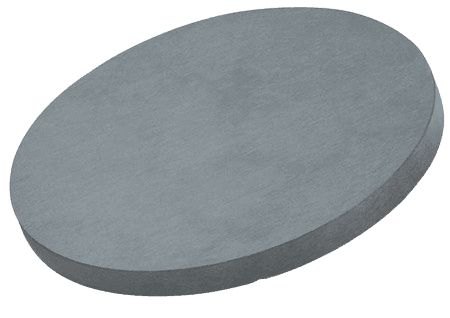
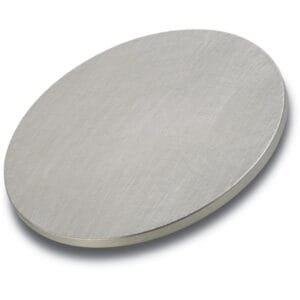
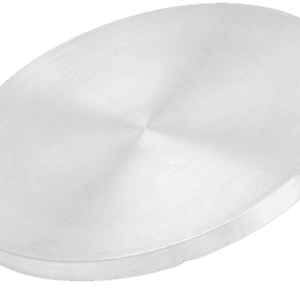

Reviews
There are no reviews yet.